
The scope of data integrity is shown by the data integrity model, which sits within the overall pharmaceutical quality system of a regulated laboratory.
Chris Burgess, PhD, is an analytical scientist at Burgess Analytical Consultancy Limited, ‘Rose Rae,’ The Lendings, Startforth, Barnard Castle, Co Durham, DL12 9AB, UK; Tel: +44 1833 637 446; chris@burgessconsultancy.com; www.burgessconsultancy.co

The scope of data integrity is shown by the data integrity model, which sits within the overall pharmaceutical quality system of a regulated laboratory.

What do the draft publications ICH Q2(R2) and Q14 for analytical procedure validation and development mean for a regulated GMP laboratory?

Qualification and calibration of high performance liquid chromatography (HPLC) chromatographs is a regulatory requirement, but how proscriptive should guidance be?

One of the common threads in the six data integrity guidance documents published to date is the need to control any blank forms used in regulated GXP laboratories. This month’s “Questions of Quality” is focused on how to interpret the regulator’s requirements for this topic. We also pose the question: Is paper the best way to record regulated data?

The first three articles in this series discussed where and how a CDS fits into a regulated laboratory, the overall requirements for the architecture of a future system, and additional items to enable effective electronic ways of working. The final part of this series looks at regulatory compliance of a future system as well as a summary of the 15 recommendations made in this series.

In the first two parts of this series we have looked at where and how a CDS fitted into a regulated laboratory and the overall requirements for the architecture of a future system. In this part we focus on new electronic ways of working for chromatographic analysis.

Primary record is a term that was defined by the MHRA (Medicines and Healthcare products Regulatory Agency, the UK drug regulator) in data integrity guidance issued in 2015. In this instalment of Questions of Quality we explore what this term means in practice, and compare it with raw data in the European Union Good Manufacturing Practices (EU GMPs) and complete data in US Food and Drug Administration (FDA) GMPs. Why can’t we have harmonization of terms?
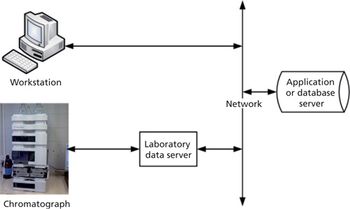
Here in the second part of this series, the key system architecture requirements for a CDS in a regulated environment are discussed.

What’s in a Name?
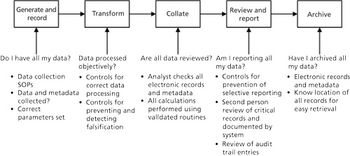
This is the first of a four part series looking at what functions and features the authors believe should be in a future chromatography data system (CDS) working within a regulated analytical laboratory. The first part of this series is aimed at setting the scene of where and how a CDS fits within the laboratory operation. In using the term CDS, in the future, this can refer to either a traditional CDS that is familiar to readers or the CDS functions could form part of another informatics solution such as Electronic Laboratory Notebook (ELN) or Laboratory information Management System (LIMS). In the next three parts we make 15 recommendations for improvements to the system architecture, the requirements for electronic working and regulatory compliance.

Part 2 of the column explores using the right balance for the right job in the right way.

The authors consider the impact an analytical balance can have on the quality of chromatographic analyses.

Published: November 1st 2021 | Updated:
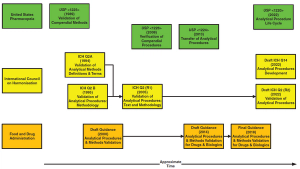
Published: August 1st 2022 | Updated:

Published: March 1st 2006 | Updated:
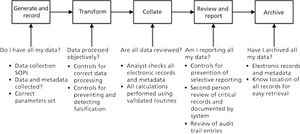
Published: August 1st 2015 | Updated:

Published: August 12th 2015 | Updated:
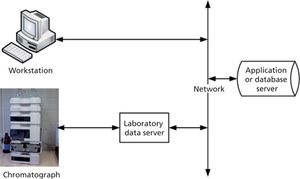
Published: October 1st 2015 | Updated: